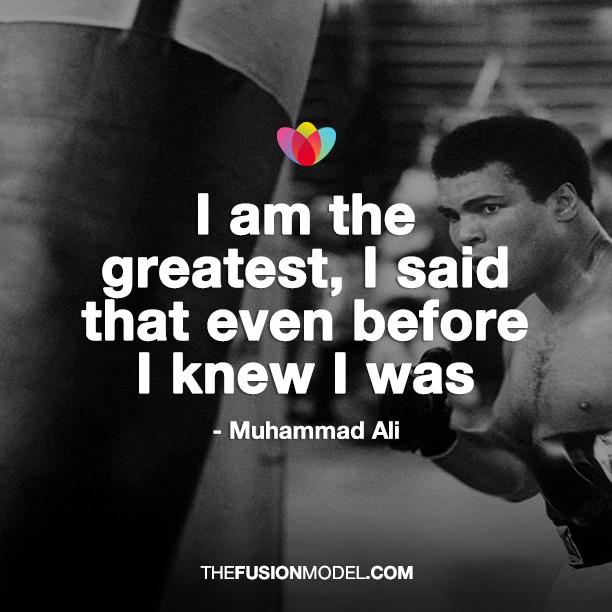Jake seemed very on edge as he sat in my consulting room.
This was our first session and we were weighing each other up, trying to establish a working rapport.
Jake’s impression of me would be largely subconscious. In other words, he would just ‘get a sense’ of whether I was OK or not OK. He would know instinctively whether we could work together; whether he could trust me with his psychological wellbeing.
We have an innate ability to judge others within milliseconds of meeting them. In our caveman history, making quick and accurate assessments could be the difference between life and death.
Is this other human being friend or foe, of my tribe or another tribe, aggressive or non aggressive? We find clues in the flick of an eye, the clothes and posture together with all the incredible non verbal clues we continuously send out, whether we intend to or not.
My impression of Jake was made on a more conscious level. I am trained to read body language and Jake was sending me an enormous amount of information about himself without knowing.
There were lots of clues which pointed to high anxiety and low self-esteem. His voice was tight and constricted. His eyes slightly too wide. He sat on the edge of the seat with hands that were closed and tight. His legs were crossed and his foot moved in an agitated way.
He reminded me of a coiled spring. Jake was in fight or flight mode and feeling very negative about something.
‘How can I help you Jake?’ I said.
‘I think I need beta blockers or something really strong to get me through next week.’ he said, shifting slightly in his seat and casting me a furtive glance.
‘Why beta blockers in particular?’ I asked.
‘Well, I’ve heard that’s what people take for performance anxiety,’ he said ‘and I think that’s what I’ve got.’
‘Can you say a bit more about that?’ I enquired, but I was already starting to get the picture for the nature of our work together.
Jake’s voice rose a pitch. ‘I’ve got to give a presentation…’ he was almost shouting now ‘to the whole team…including head office!’
I thought I detected some small beads of sweat appearing on his crumpled brow. My heart went out to him. The presentation had become a kind of life or death situation. He was running scary movies in his head about it all going wrong.
The trouble was, if he continued to run those movies, the presentation would be more likely to flop rather than fly.
Non verbals
Latest research on body language reveals that, as previously understood, we convey much with our ‘non-verbals‘ and we pick up on, and judge others, by theirs.
I’ve long been an advocate of smiling as a positive therapeutic intervention. We smile when we are happy but, conversely, if we make ourselves smile, even by holding a pen in our mouths, we feel happier.
It seems our physiology and psychology, our emotions and behaviours are one enormous and continuous feedback loop.
This is the working assumption made by cognitive behaviour therapists.
Thoughts affect feelings and feelings affect how your body feels, which in turn influences your behaviour. ‘Change the thought – change the feeling’ is a CBT mantra as is the notion of ‘act as if.’
If you feel shy when you go to a party…act as if you are confident.
If you have little confidence in your presentation skills…act as if you are the most confident and talented presenter ever. Keep on doing that until something changes and you are that confident human being.
In other words, fake it ’til you make it!
Power poses
Amy’s research was with power poses.
We have long-observed these poses in the animal kingdom when a message of power and dominance is conveyed through spreading and expansion of the body to fill the largest possible area. We see it in human beings too.
A classic high power pose is displayed when a runner wins a race and throws his arms up high and wide whilst tipping back the head. Curiously, even runners who have been blind from birth exhibit this behaviour. It is instinctive.
An example of a low power pose can be seen when people are feeling vulnerable or frightened and defensive or defeated. They collapse in on themselves, cross their legs and fold their arms across their bodies.
Cuddy and her researchers asked participants to hold a high or low power pose for two minutes and then took saliva samples to check levels of cortisol and testosterone.
High levels of the hormone cortisol indicate high stress and high levels of testosterone, although previously associated with aggression, are now shown to increase your sense of pride and boost self image.
It was found that those who adopted the high power pose had lowered levels of stress hormone cortisol and higher levels of testosterone. They reported feeling more confident and positive about themselves.
A subsequent experiment had participants go through a stressful five minute job interview. Some adopted a two minute high power pose before the interview and some a low power pose.
Without exception, the high power pose people were those rated more employable. They were simply perceived as more confident, energetic, intelligent and likeable.
Fear of public speaking
I have my own evidence of the success of the fake it ’til you make it mindset.
Like many , I have always had a horror of public speaking. I’m not on my own here. When people were asked what was the worst thing they could imagine, public speaking appeared higher on the list than death!
So one can imagine that churches around the country are filled with pews of people at funerals who would rather be in the coffin that up there giving the address!
Yet, I had to do it. However, my voice would falter, my legs shake and my palms sweat. I spoke to a colleague who encouraged me to visualize entering the training room, my hand on the door knob, saying to myself ‘I can do this. Yes I can!’
I did this without fail, delivering more and more training until one day I realised I wasn’t faking any more.
I faked it ’til I became it…and you can too.
Try this high-power tool to supercharge your self confidence
Take an audit of your body language now. Are you high power or low power?
Now stand up and raise your arms in the air as wide as you can. Throw your head back and hold it for two minutes.
Increase the effect by imagining being in any situation which would normally induce anxiety or low self esteem and say to yourself. ‘I can do it, Yes I can!’
Feels good doesn’t it?
Repeat often. In the shower, in the lift, in the comfort of your own home.
Send your testosterone up, your cortisol down and begin to wonder about how this one simple tool could re-configure your brain and begin to change your life.
Do you ever use body language to boost your self confidence, or do you have your own techniques? Share below..




